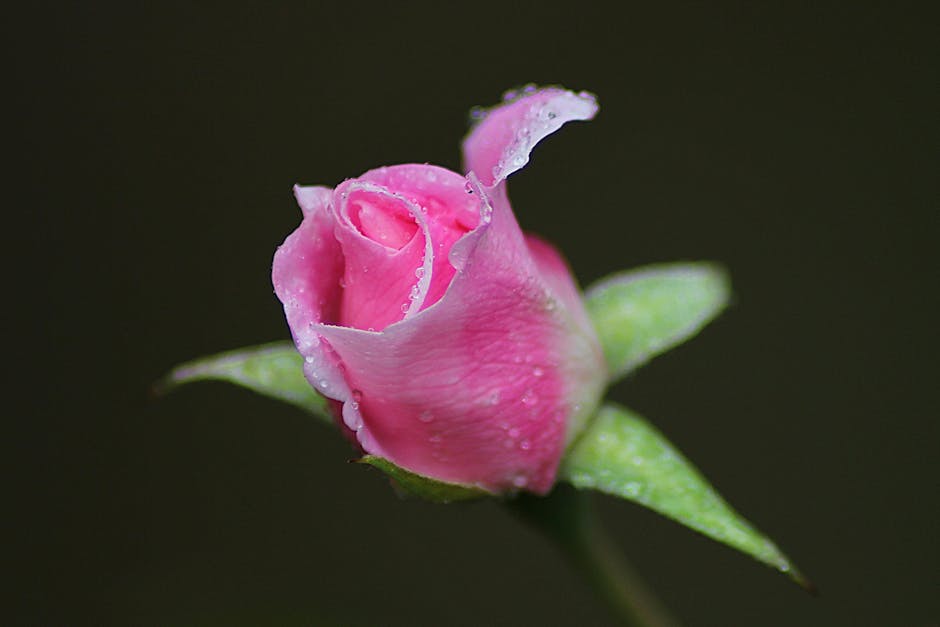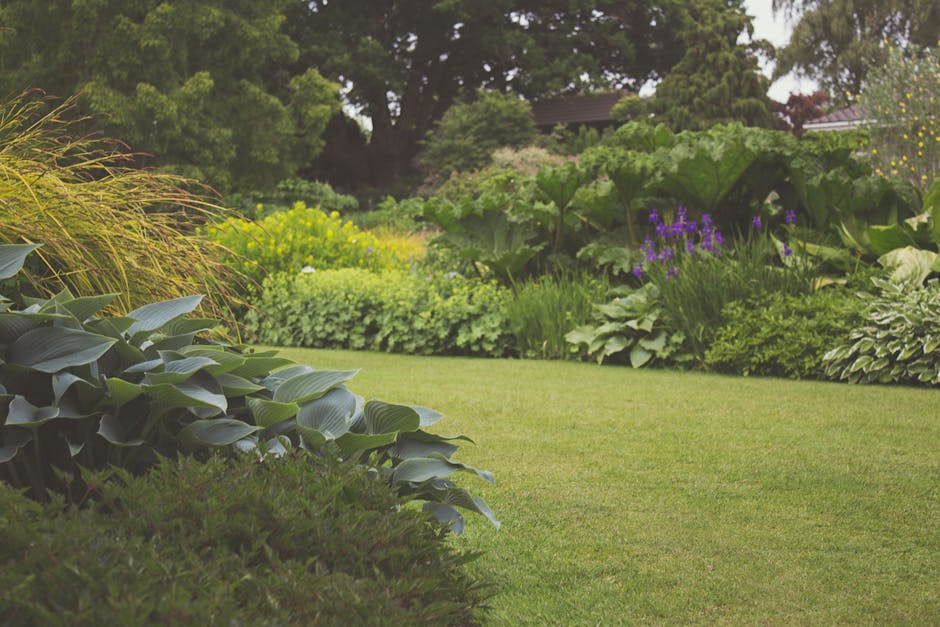As the temperatures drop and winter approaches, it’s essential to prepare your garden for the colder months ahead. Winterizing your garden is crucial to protect your plants, trees, and flowers from the harsh winter conditions. By following a few simple tips and tricks, you can ensure that your garden thrives come springtime. In this article, we’ll discuss some must-have tips for winterizing your garden to keep it healthy and vibrant throughout the winter season.
Preparing Your Plants and Flowers
One of the first steps in winterizing your garden is to prepare your plants and flowers for the cold weather. Start by cutting back any dead or diseased foliage to prevent the spread of disease. Trim back any overgrown branches or stems that could be damaged by heavy snow or ice. It’s also a good idea to mulch around the base of your plants to insulate the roots and protect them from freezing temperatures. Consider using a thick layer of mulch to provide extra protection for your plants during the winter months.
Protecting Your Trees
Trees are an essential part of any garden, and it’s important to take steps to protect them during the winter months. Start by pruning any dead or damaged branches to prevent them from breaking under the weight of snow or ice. You can also wrap the trunks of young trees with burlap or tree wrap to protect them from frost damage. Make sure to water your trees thoroughly before the ground freezes to ensure they have enough moisture to survive the winter months.
Winterizing Your Garden Beds
To protect your garden beds during the winter, consider adding a layer of compost or organic matter to the soil. This will help to insulate the roots of your plants and provide them with essential nutrients throughout the winter months. You can also cover your garden beds with a layer of straw or leaves to protect them from freezing temperatures. Consider building a cold frame or hoop house to extend the growing season and protect your plants from frost.
Providing Shelter for Wildlife
Many gardeners overlook the importance of providing shelter for wildlife during the winter months. Consider leaving a portion of your garden uncut to provide habitat for small animals and insects. You can also hang bird feeders or build birdhouses to attract birds to your garden. Providing shelter for wildlife not only benefits the local ecosystem but can also help to control pests in your garden.
Monitoring Your Garden Throughout the Winter
Even after you’ve taken all the necessary steps to winterize your garden, it’s important to continue monitoring it throughout the winter months. Check your plants regularly for signs of frost damage or disease. If you notice any issues, take steps to address them as soon as possible. Consider investing in a greenhouse or cold frame to provide additional protection for your plants during the winter months.
In conclusion, winterizing your garden is essential to protect your plants, trees, and flowers from the harsh winter conditions. By following the tips outlined in this article, you can ensure that your garden remains healthy and vibrant throughout the winter season. Remember to prepare your plants and flowers, protect your trees, winterize your garden beds, provide shelter for wildlife, and monitor your garden throughout the winter. With a little effort and planning, you can enjoy a beautiful and thriving garden come springtime.

